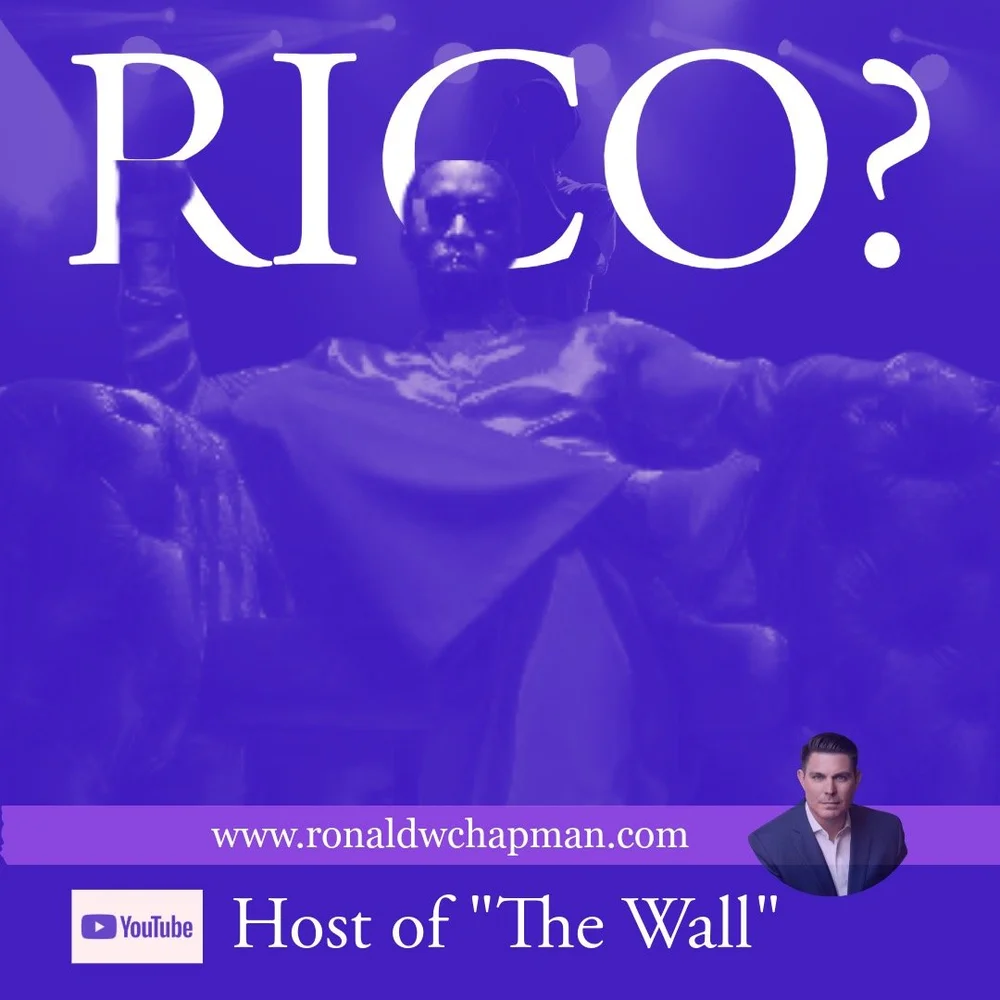Birding Puerto Rico: In and around San Juan My trip to Puerto Rico, like so many others, started and ended in the capitol city of San Juan. Indeed, before I left the airport grounds in my rental car at...

Greater Antillean Grackle are restricted to Caribbean Islands
Birding Puerto Rico: In and around San Juan
My trip to Puerto Rico, like so many others, started and ended in the capitol city of San Juan. Indeed, before I left the airport grounds in my rental car at 2:00am, I had my first lifer. Somewhere in tropical darkness, Greater Antillean Grackle were calling. They’re much smaller than the Great-tailed Grackle we’ve got in the United States, but equally creative and loud in their noise-making.
San Juan was founded by Spanish colonists in 1521. Today, the greater San Juan metropolitan area has about 2.5 million residents (about 75% of the total population of Puerto Rico). I was staying at a hotel near Viejo San Juan (Old San Juan), where the conference I was attending was taking place. It’s not a great spot for birding. I managed to see one lifer within walking distance of the hotel – a pair of Antillean Nighthawks feeding at dusk. Perhaps my best sighting in the city was a Palm Warbler at the nearby Parque del Tercer Milenio. According to eBird, it’s the first Palm Warbler ever seen anywhere on Puerto Rico in the months of June or July.

A pair of distant Antillean Nighthawks near Old San Juan at sunset
Parque Lineal Bayamon
There are many eBird hotspots in San Juan itself. The most promising looked to be the Parque Nacional Julio Enrique Monagas, the University of Puerto Rico Botanical Garden, and some parkland along the Rio Hondo called Parque Lineal Bayamon. I spent a morning at the Parque Lineal Bayamon. My first stop was a hotspot called Santa Rosa. It was a strip of park that had a nice tree-lined walking and biking trail. Scaly-naped Pigeon were posted in trees every hundred yards or so. Greater Antillean Grackle were all over the lawns. I got my lifer Pearly-eyed Thrasher along the fence, a juvenile considering its lack of a pearly-eye. A hummingbird known as a Green-throated Carib perched deep within a tree was also a lifer.



Parque Lineal La Cambija
There were more birds at another section of the park, called La Cambija. White-winged Parakeets are an established exotic in Puerto Rico. I’d seen them before in Los Angeles, but the birds here “counted” for my life list. A Zenaida Dove walked right past me along the trail. Amidst the many grackles, I noticed one shiny all-black bird that looked smaller than the rest. It had a shorter, pointier bill than the grackles. It was a lifer Shiny Cowbird. Just when I was about to turn around and head back to my car, I caught a glimpse of a dark bird with yellow flashes in the wing and yellow at the base of the tail. It had flown from a palm tree, which orioles love, so I was excited about finding a Puerto Rican Oriole. For 15 minutes, I stood in front of a row of trees and could hear oriole chattering, but couldn’t find the bird. Finally, it flew out and back to the palm tree, where it disappeared. Once I got under the palm tree, I saw the oriole nest hanging from the fronds. After 10 minutes of waiting, with no oriole emerging and needing to get back to the conference, I gave up without getting a photograph.




On my last day in Puerto Rico, I had about an hour at mid-day to make one last stop before going to the airport. I still had some target birds, but nothing that was close or easy. I decided to roll the dice and try to see a Blue-and-yellow Macaw. They’re big. They’re loud. And while they’re native to South America, they’ve established themselves in San Juan. I decided to try the Julio Enrique Monaga National Park, where there were occasional sightings of up to a dozen Blue-and-Yellow Macaw. There was also a bird tower on top of a hill there, which I thought might give me a good view to spot macaws flying around. The park was nice, though I mountain bike race made walking the trails precarious. At the top of the hill, I found a decrepit and closed bird tower. No macaws anywhere to be seen or heard. So I wandered back down to the parking lot. Just before I made it to my car, a tremendous squawk rang out 100 or so yards behind me. It was, no doubt, a macaw. Frustratingly, I never found the bird.
All in all, the birding in San Juan was hot, humid, and productive. There weren’t huge numbers of birds, but good variety. Aside from Google Maps misnaming roads and misnumbering exits, getting around by car was easy.
The post Birding Puerto Rico #3: San Juan first appeared on Always Bring Binoculars.
The post Birding Puerto Rico #3: San Juan appeared first on Always Bring Binoculars.













